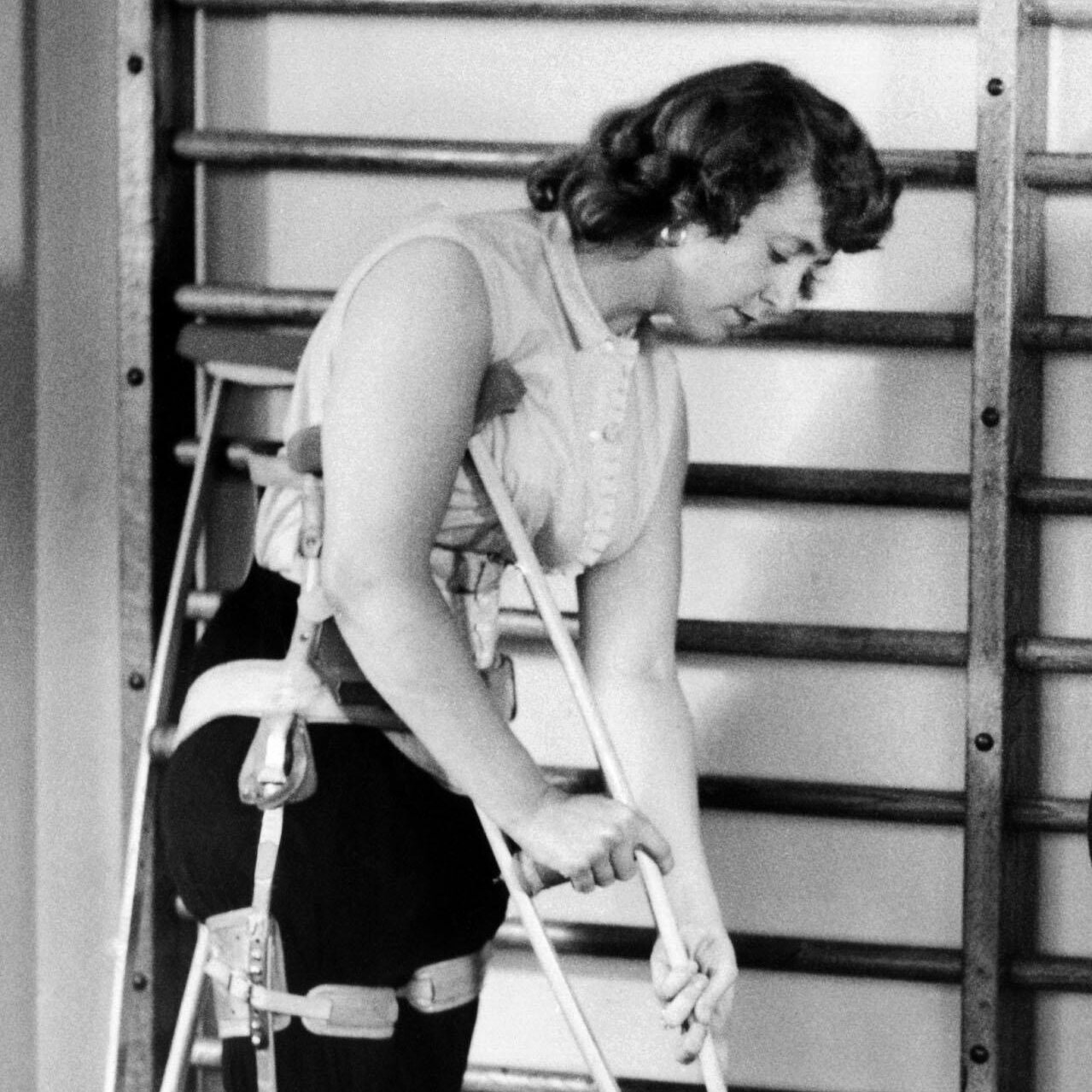How Lagging Vaccination Could Lead to a Polio Resurgence

Health|How Lagging Vaccination Could Lead to a Polio Resurgence
https://www.nytimes.com/2025/01/13/health/polio-vaccine-outbreaks.html
You have a preview view of this article while we are checking your access. When we have confirmed access, the full article content will load.
In its original form, the virus survives in just two countries. But a type linked to an oral vaccine used in other nations has already turned up in the West.

Most American parents hardly give thought to polio beyond the instant their child is immunized against the disease. But there was a time in this country when polio paralyzed 20,000 people in a year, killing many of them.
Vaccines turned the tide against the virus. Over the past decade, there has been only one case in the United States, related to international travel.
That could change very quickly if polio vaccination rates dropped or the vaccine were to become less accessible.
Robert F. Kennedy Jr., a longtime vaccine skeptic who may become the secretary of health and human services, has said the idea that vaccination has nearly eradicated polio is “a mythology.”
And while Mr. Kennedy has said he’s not planning to take vaccines away from Americans, he has long contended that they are not as safe and effective as claimed.
As recently as 2023, he said batches of an early version of the polio vaccine, contaminated with a virus, caused cancers “that killed many, many, many, many, many more people than polio ever did.” The contamination was real, but research never bore out a link to cancer.






